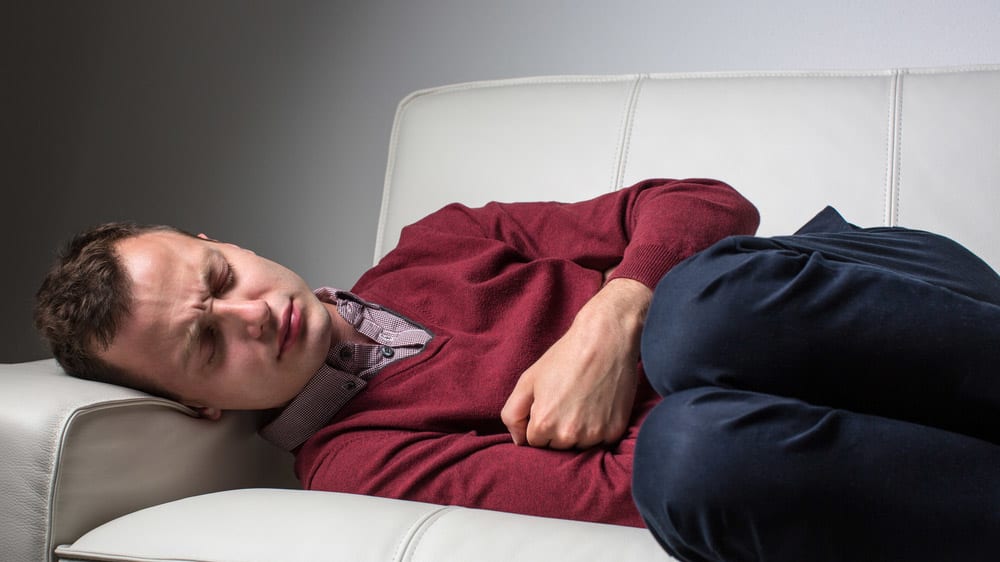
In the realm of health discussions, certain topics have been unfairly gendered, perpetuating stereotypes and misinformation. One such topic that often sparks curiosity and confusion is the question of whether guys experience cramps. The common perception is that cramps are exclusively a female phenomenon, linked to menstruation. However, the reality is more nuanced, and it's crucial to explore the various aspects of cramping in men. In this blog post, we will delve into the science behind cramps, dispel myths, and shed light on the less-explored territory of men and cramping.
Body:
Understanding Cramps:
Cramps are generally associated with involuntary muscle contractions, often causing pain and discomfort. In women, menstrual cramps are a well-known occurrence, happening due to the uterine muscles contracting during menstruation. However, cramps are not limited to this context and can manifest in various ways.
Types of Cramps:
-
Muscle Cramps: Muscles can cramp for various reasons, such as dehydration, overuse, or imbalances in electrolytes. Men who engage in rigorous physical activities or sports may experience muscle cramps, especially if proper hydration and nutrition are neglected.
-
Digestive Cramps: Issues with the gastrointestinal system can also lead to cramps. Men, like women, can experience abdominal cramps due to conditions such as irritable bowel syndrome (IBS) or digestive disorders.
-
Secondary Cramps: Certain medical conditions, medications, or injuries can result in secondary cramps. Men, just like women, may encounter cramping as a symptom of an underlying health issue.
Male-Specific Cramps:
1. Exercise-Induced Cramps:
Men who engage in intense physical activities, such as weightlifting or endurance sports, may encounter exercise-induced cramps. The exact mechanisms behind these cramps are not entirely understood, but factors like muscle fatigue and electrolyte imbalances are thought to contribute.
2. Digestive Cramps:
Gastrointestinal issues, including conditions like inflammatory bowel disease (IBD), can lead to cramping in men. It's crucial to recognize that digestive health is not exclusive to any gender.
3. Reproductive System Cramps:
While men don't experience menstrual cramps, they can encounter discomfort related to their reproductive system. Conditions like epididymitis (inflammation of the epididymis) can cause pain and cramping in the pelvic region.
Menstrual-Like Cramps in Men:
The notion of "menstrual-like cramps" in men might seem perplexing, but certain conditions can lead to discomfort in the lower abdomen, similar to menstrual cramps in women. For instance:
-
Prostatitis: Inflammation of the prostate, known as prostatitis, can cause pain and cramping in the pelvic area. Prostatitis is a condition that can affect men of any age and is often characterized by discomfort during urination and ejaculation.
-
Testicular Torsion: Testicular torsion is a medical emergency where the spermatic cord twists, cutting off blood flow to the testicle. This condition can cause severe pain and cramping in the scrotum.
Debunking Myths:
Myth 1: Cramps Are Exclusive to Women
Reality: Cramps can affect individuals of any gender, and men are not exempt from experiencing cramping sensations.
Myth 2: Menstrual Cramps Are the Only Form of Cramps
Reality: Cramps can manifest in various forms, such as muscle cramps, digestive cramps, and reproductive system-related discomfort.
Myth 3: Men Don't Experience Pelvic Cramps
Reality: While men don't experience menstrual cramps, they can encounter pelvic discomfort due to conditions like prostatitis or testicular torsion.
Coping with Cramps:
Regardless of gender, coping with cramps involves understanding the underlying cause and adopting appropriate strategies:
-
Stay Hydrated: Dehydration is a common cause of muscle cramps. Ensuring adequate fluid intake can help prevent cramps associated with physical activity.
-
Balanced Nutrition: Proper nutrition is essential for maintaining electrolyte balance and overall muscle health. Incorporating foods rich in potassium, magnesium, and calcium can be beneficial.
-
Regular Exercise: Engaging in regular, moderate exercise can help prevent cramps and improve overall muscle function. Stretching before and after exercise is particularly important.
-
Medical Evaluation: Persistent or severe cramps should be evaluated by a healthcare professional. Underlying medical conditions, such as IBS or prostatitis, may require specific treatment.
Final Words:
In conclusion, the idea that guys do not experience cramps is a misconception that needs to be dispelled. While the causes and manifestations may differ from those in women, men can indeed encounter cramping sensations for various reasons. It is crucial to move past gender stereotypes in health discussions and recognize that the human body, regardless of gender, is complex and multifaceted.
Understanding the diverse ways in which cramps can manifest in men is vital for promoting accurate health information and fostering a more inclusive conversation about well-being. By debunking myths and embracing a holistic perspective, we can contribute to a more informed and supportive approach to health, ensuring that everyone has the knowledge and resources to manage and address cramping experiences effectively.
